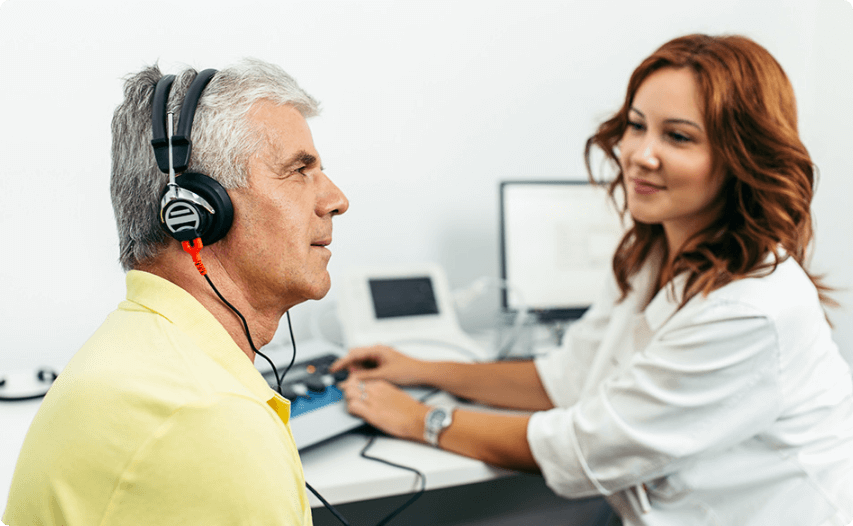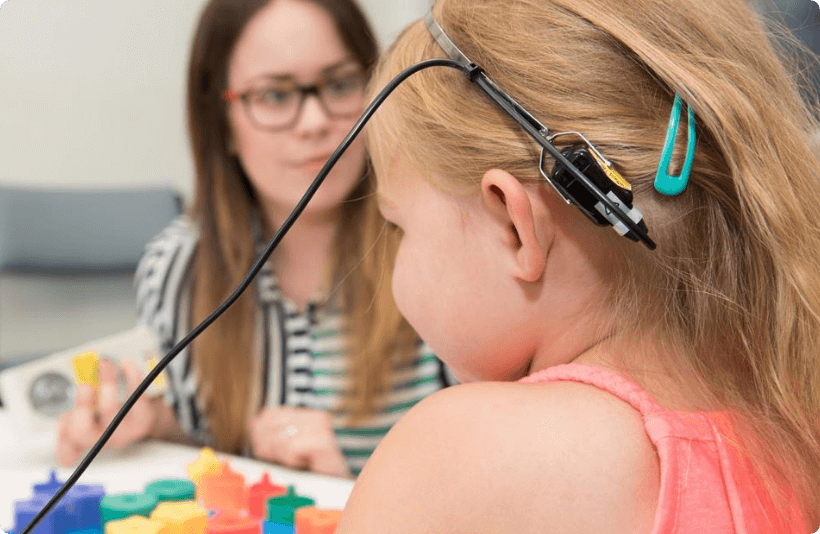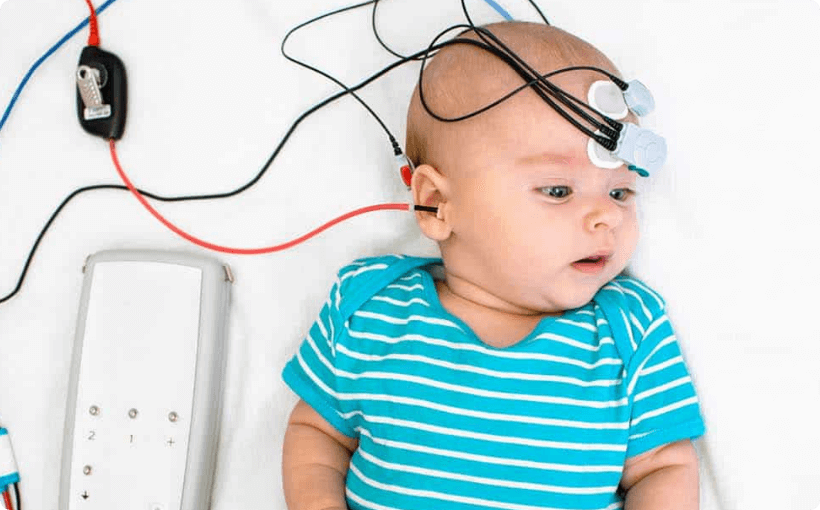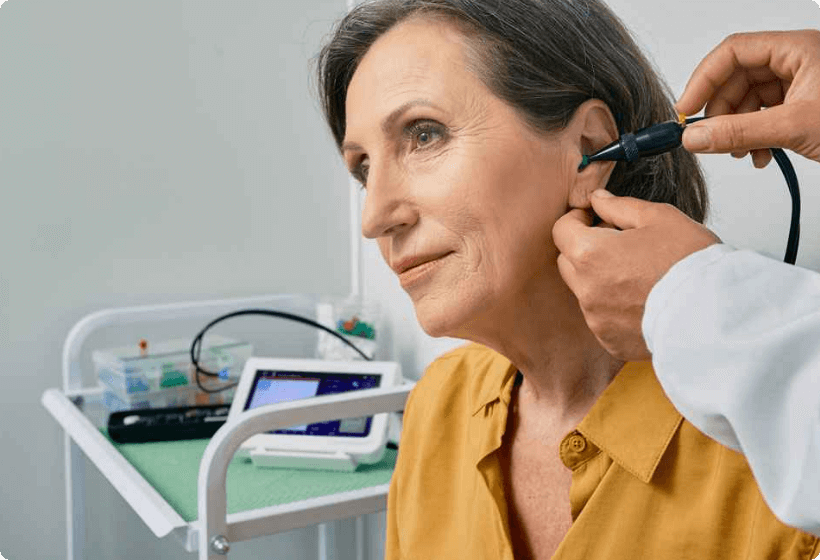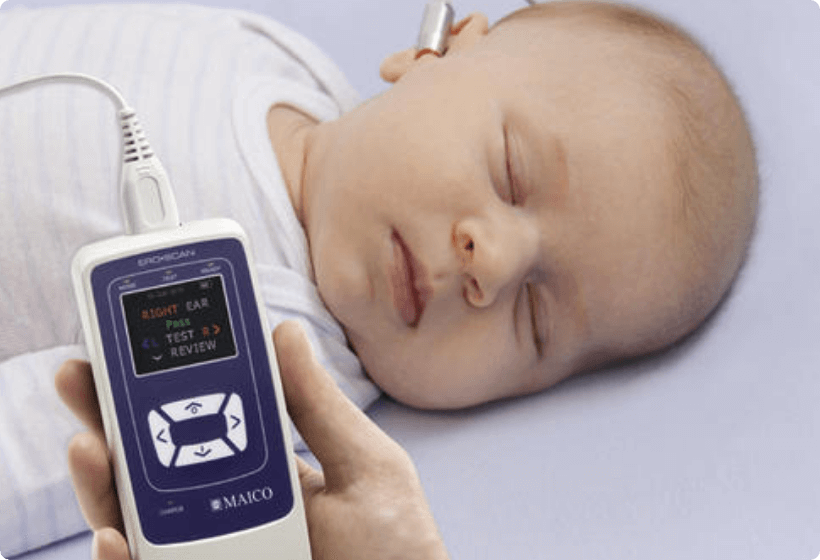Why would I get the hearing evaluation done?
You may not realize hearing loss because it’s often a gradual process. That’s why it’s important to have your ears checked when your doctor says you should, even if you think you’re fine. Our dedicated team is at your disposal, providing a centralized solution to all your industrial hearing needs. With a fleet of 130 mobile testing units, we deliver consistent & dependable audiometric testing to all your worksite locations from coast to coast. The comfortable and private mobile units eliminate the inconvenience of sending employees to off-site clinics – reducing disruption, travel, and labor cost associated with compliance obligations.


